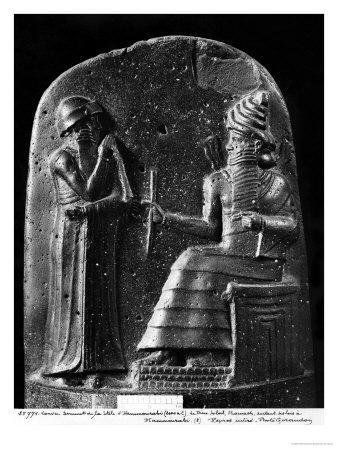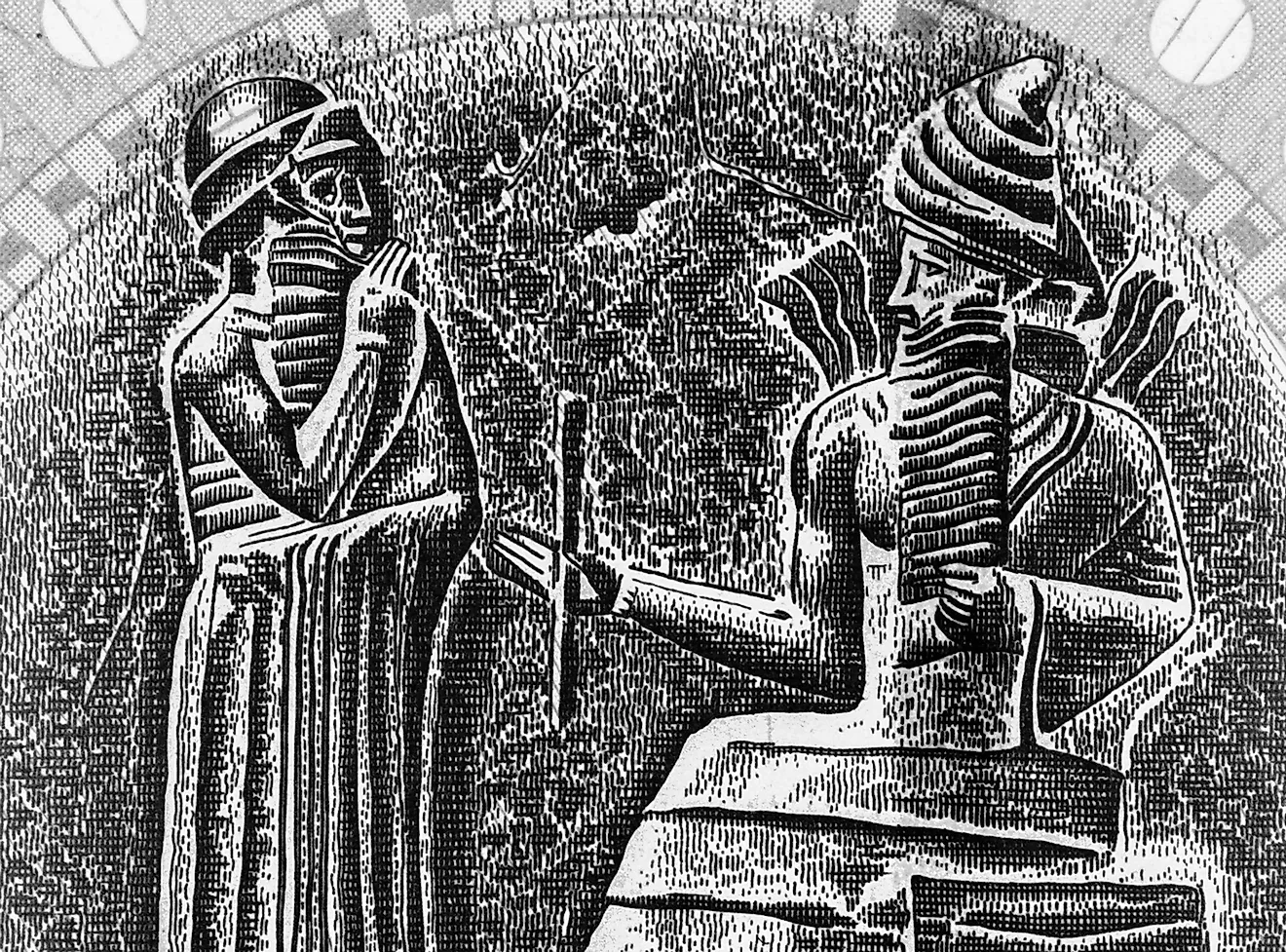

2.00 Contains every reference to each verse in the whole Bible. Paper.-.05īible, arran g ed so as to form a continuous history.

1.00 100 Incontrovertible Arguments for Believing in the Deity of Christ. The, and Other Meditations for Quiet Moments. 50 U nder th e garb of a pleasing n arrativ e it discusses questions of v ita l im portance w ith regard to th e Bible. 1.50 E ach ch apter in th is book deals w ith some point in m odern fa ith o r doubt over which m uch blood h as been h eated and m uch mk spilled. By Thomas Cooper.40 Faith of a Modem Christian, The. LOO Studies of them es relatin g toC hristian thought. Does It Matter What a Man Believes? By Frank Ballard. 10 The devil exploiting him self as a n angel of light. Townsend.65 T his book will set your m ind a t re st as to th e au th en ticity of th e Bible account. 75 Coming Prince, The, Or, the Seventy Weeks of Daniel, with an Answer to the Higher Criticism. With copious comments, index and Bible references. Christianity and Non-Christian Religions Compared. 2 -00 T o show th a t a liberal evangelism can both satisfy th e needs of th e soul and th e mind. Christian Certainty and the Modern Perplexity, The.

E stab lishes beyond all doubt th e C hrist of history. A professor of Hebrew at Ohio Wesleyan University, Davies's translation was from 1905, published by Jennings and Graham in Cincinnati, Ohio.Condit, D.D. Little to no information is known about him other than his work with the ancient text. DAVIES was one of several translators of the famous Code of Hammurabi and the Law of Moses. Davies' translation of The Codes of Hammurabi and Moses includes an explanation of the laws and their history, a Prologue by the author, the text of the codes with comments, an Epilogue, and a detailed Index. The famous "eye for an eye" maxim comes from the Hammurabi code: "If a man puts out the eye of an equal, his eye shall be put out." W.W. Promulgated by the king Hammurabi in roughly 2250 B.C., the Code is a set of rules guiding everyday life, listing everything from punishments for stealing and murder to the prices commanded for animals, products, and services. The Code of Hammurabi is roughly one thousand years older than the Ten Commandments, or Laws of Moses, which were written in 1500 B.C., and is considered the oldest set of laws in existence. The Codes of Hammurabi and Moses are thousands-years old documents, evidence of the social structure and rules of ancient civilizations.


 0 kommentar(er)
0 kommentar(er)
